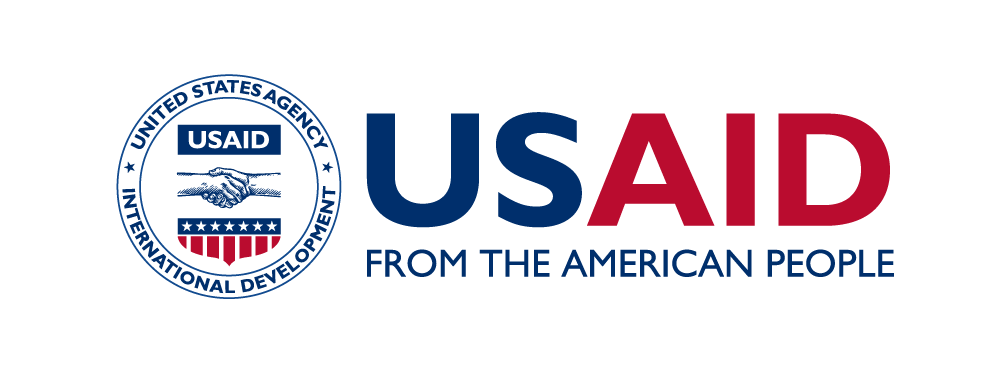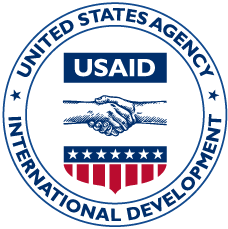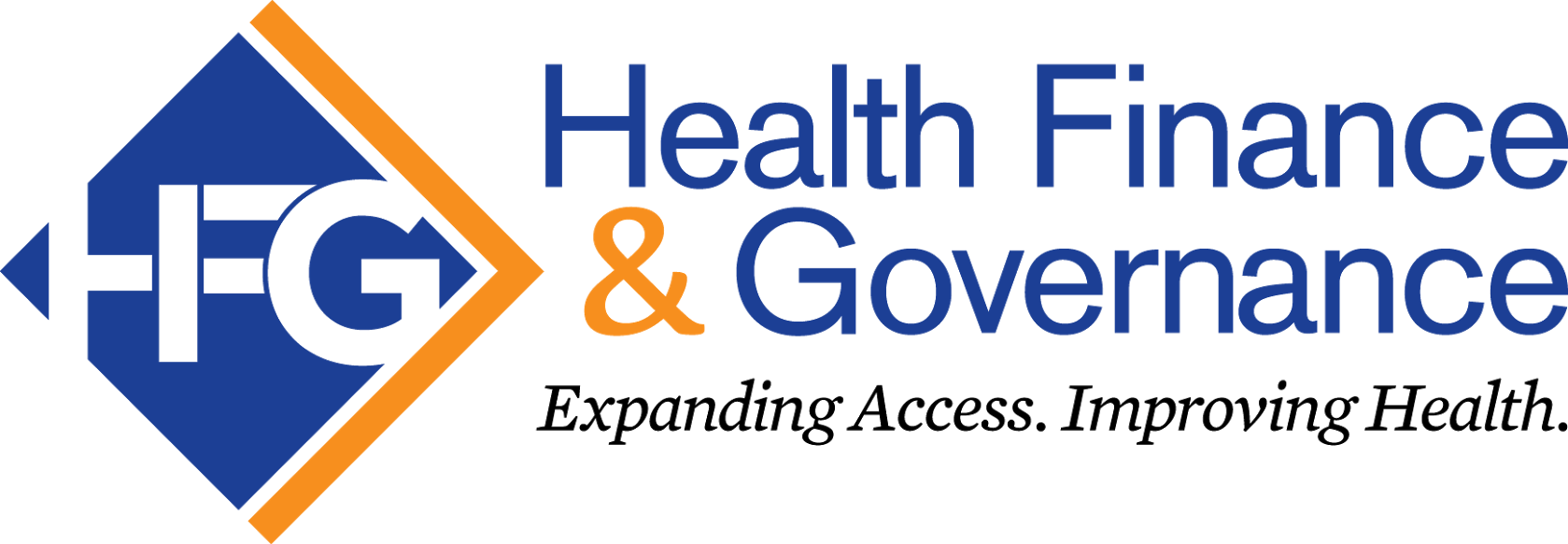HFG Leads Assessment of Comprehensive HIV Care Sites in the Dominican Republic
Categories: Announcements

The evaluation team, composed of HFG, CDC, USAID, and SAI staff, completes the assessment questionnaire at a comprehensive care center (SAI)
HFG Dominican Republic conducted an assessment of 12 Comprehensive HIV Care sites (SAI per the Spanish acronym), alongside staff from the U.S. President’s Emergency Plan for AIDS Relief (PEPFAR), the Dominican National Health Service (SNS), the Center for Comprehensive Education and Research (COIN), and the Advancing Partners and Communities project (APC). In the Dominican Republic, there are 72 public and non-governmental SAIs offering HIV prevention and treatment services. PEPFAR is supporting 12 SAIs to pilot the “Treatment for All” strategy, in which access to antiretroviral treatment is only conditional on a positive HIV test. Historically, access to treatment in the Dominican Republic has been limited to those with significantly progressed stages of HIV, and members of some vulnerable populations.
The assessment is a continuation of an evaluation initiated by PEPFAR in 2016. It monitored the performance of the 12 SAIs across seven key areas: human resources, monitoring and quality assurance, infrastructure, supply chain management, laboratory services, patient care, and operations. To conduct the assessment, HFG first analyzed the data collected in 2016 to create a baseline, and presented these preliminary findings to the SAIs. The HFG team then worked with PEPFAR and SAI employees to shorten and streamline the original evaluation tool, which had over 700 questions. The tool now consists of approximately 150 questions across seven modules, each corresponding to one of the key areas outlined above. The questions cover specific services offered at each SAI, the capacities of its staff, and protocols associated with clinical decisions. HFG’s Kilvis Acosta, Mayra Toribio, and Mildred Martinez conducted data collection along with personnel from CDC, USAID, APC and COIN over one week in January 2018, visiting each of the 12 SAIs to meet with staff and tour the facilities. Finally, the HFG team analyzed the information from the survey and produced a report titled “Evaluation Report of the Comprehensive Care Centers (SAI) Supported by PEPFAR, 2016 and 2017.” The report provides an overview of the performance of the SAIs in their first year receiving support from PEPFAR, and compares outcomes of public and NGO-run SAIs. The report includes an annex which characterizes each SAI’s performance in detail. Broad findings include an expansion of testing and laboratory services offered across all SAIs from 2016 as well as major improvements to monitoring and evaluation, but also a need to improve information systems and eliminate shortages for some medications.

The assessment team and staff from a mobile SAI pose in front of their unit after the assessment
How can this information improve HIV care in the Dominican Republic? First, each SAI can use the results to understand its accomplishments thus far and identify areas where operations should be improved, while the SNS can use results to target future investments. Next, the questionnaire serves as a standard evaluation tool for SAIs to continue monitoring and evaluating their progress against objectives after the close of the HFG project. Lastly, PEPFAR, SNS, the Ministry of Public Health, and other stakeholders will use the evaluations to identify best practices for expanding Treatment for All across the Dominican Republic, and achieve the 90-90-90 goals to end the epidemic.




